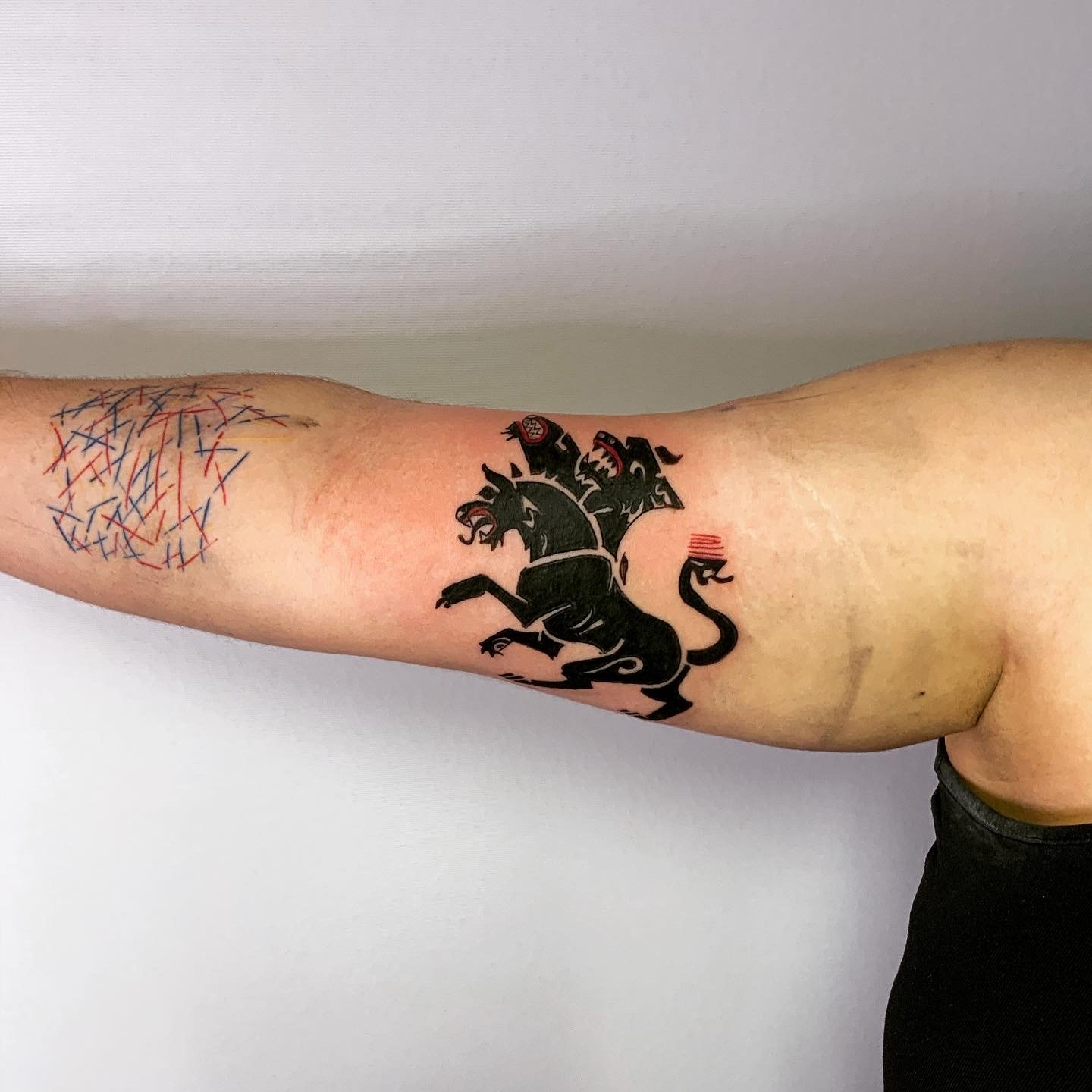the pantheon-Ink and Myth
Tattoos, as personal forms of body art, often reflect an individual's beliefs, experiences, and cultural identity. They serve as visual representations of stories, memories, and symbols that hold personal significance. Similarly, pantheons represent collective beliefs, cultural heritage, and myths within a society. Just as tattoos express individual identity, pantheons showcase a civilization's collective identity and values.
Furthermore, both tattoos and pantheons play significant roles in fostering community and social cohesion. Tattoos create communities of individuals who share a passion for body art, often forming tight-knit groups or subcultures. Similarly, pantheons act as cultural hubs, bringing people together to worship, celebrate, and connect with their shared spiritual beliefs and traditions.
Moreover, both tattoos and pantheons hold deep symbolic meaning. The intricate designs and symbols found in tattoos often carry personal or cultural significance, serving as visual markers of identity and belonging. Similarly, the gods, mythical figures, and symbols depicted in pantheons are laden with symbolic importance, representing values, virtues, and narratives that are integral to a society's worldview.
In essence, the connection between tattoos and pantheons lies in their ability to serve as channels for personal and collective expression, cultural preservation, and social cohesion. Both embody the fusion of art, history, and spirituality, providing individuals and communities with a means to connect with their past, express their identities, and forge bonds with others who share similar beliefs and experiences.














